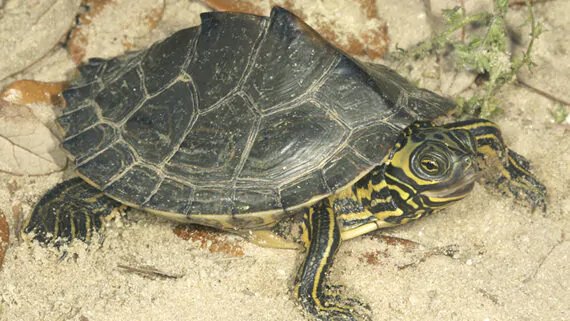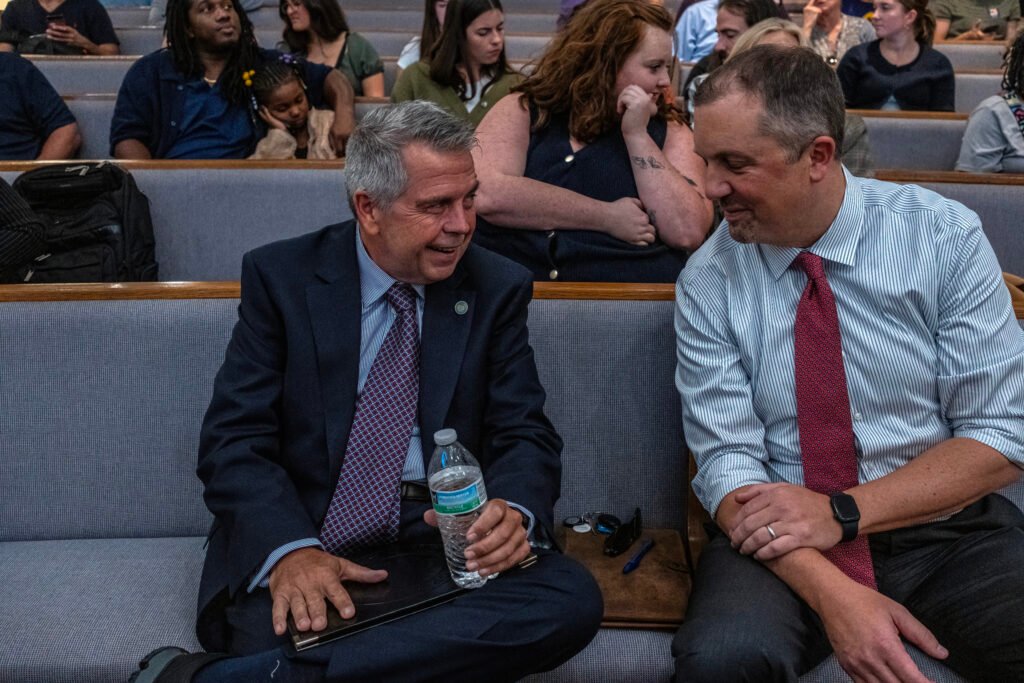Changes in Endangered Species Protections
The Endangered Species Act of 1973 allows for certain species that aren’t classified as “endangered” to still be recognized as “threatened” due to their similarities to species that are actually considered at risk. This classification, known as “appearance” status, is intended to aid the U.S. Fish and Wildlife Service (FWS) in protecting endangered species by differentiating between wild and non-extinct species. However, a recent proposal from the Trump administration suggests removing this status for several species, including some turtles native to Alabama.
The FWS’s new proposal discards restrictions on 11 species that have visual similarities with endangered species such as the Pearl Map Turtle and the Florida Panther. In Alabama, three species related to the Pearl Map Turtle—Alabama Map Turtle, Barber Map Turtle, and Escambia Map Turtle—are among those affected.
The FWS claims that these changes aim to “eliminate unnecessary regulations,” but conservationists are expressing concern. They worry that this move could undermine species that should be protected.
Leah Comerford, a senior lawyer at the Center for Biodiversity, expressed that this proposal seems unnecessary and could negatively impact both endangered species and those closely related to them. “It’s troubling to see the Trump administration move to remove protections for species at risk,” she noted, stating that nothing about these species has changed, and they still closely resemble endangered ones. She believes these protections are vital for preventing further decline of at-risk species.
This proposal is just the latest in a series of actions by the Trump administration aimed at relaxing environmental protections for endangered species. Earlier this year, the FWS, along with the National Marine Fisheries Service, interpreted the Endangered Species Act to exclude habitat destruction from the definition of “harm.” Many environmentalists condemned this reinterpretation, warning it could lead to dire consequences for endangered species due to human activities such as logging and development.
Moreover, Trump and his supporters in Congress have been pushing to eliminate federal protections for certain species like the Lesser Prairie Chicken and the Grizzly Bear—both of which occupy areas sought after for agricultural and energy development.
The proposal to roll back protections for the 11 species, including the three turtle species in Alabama, will enter a 30-day public comment period before any final decisions are made.







